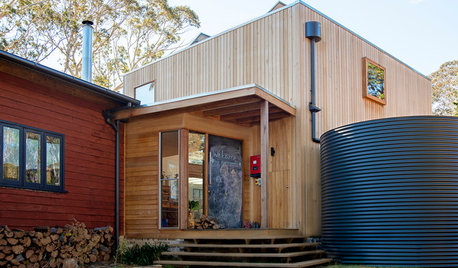Cistern water filtering - anyone have any information to share?
polly_il
21 years ago
Featured Answer
Comments (18)
Fireraven9
21 years agoRelated Professionals
Jennings Landscape Architects & Landscape Designers · Kyle Landscape Architects & Landscape Designers · Saint Louis Park Landscape Architects & Landscape Designers · Saint Paul Landscape Contractors · Vancouver Landscape Contractors · Washington Landscape Contractors · West Haverstraw Landscape Contractors · West Haverstraw Landscape Contractors · Kingsburg Landscape Contractors · Camp Springs Landscape Contractors · Marion Siding & Exteriors · Milwaukee Siding & Exteriors · Oak Forest Siding & Exteriors · Southampton Siding & Exteriors · Lakeville Solar Energy Systemspolly_il
21 years agoDDFirstLight
21 years agofrancisco
21 years agoDDFirstLight
21 years agoxanadu
21 years agoxanadu
21 years agopolly_il
21 years agosgbotsford
21 years agoxanadu
21 years agopolly_il
21 years agobutch_west
13 years agoacer60
13 years agopnbrown
13 years agothenewbates_yahoo_com
12 years agocheapheap
12 years agoBelgianpup
12 years ago
Related Stories

HEALTHY HOMEHow to Choose a Home Water Filtering System
Learn which water purification method is best for your house, from pitchers to whole-house setups
Full Story
SAVING WATERIs a Rainwater Cistern Right for You?
These extra-large containers reduce runoff and save on the use of potable water for the landscape
Full Story
LAUNDRY ROOMSThe Cure for Houzz Envy: Laundry Room Touches Anyone Can Do
Make fluffing and folding more enjoyable by borrowing these ideas from beautifully designed laundry rooms
Full Story
KITCHEN DESIGNThe Cure for Houzz Envy: Kitchen Touches Anyone Can Do
Take your kitchen up a notch even if it will never reach top-of-the-line, with these cheap and easy decorating ideas
Full Story
DECORATING GUIDESThe Cure for Houzz Envy: Guest Room Touches Anyone Can Do
Make overnight guests feel comfy and cozy with small, inexpensive niceties
Full Story
MUDROOMSThe Cure for Houzz Envy: Mudroom Touches Anyone Can Do
Make a utilitarian mudroom snazzier and better organized with these cheap and easy ideas
Full Story
BEDROOMSThe Cure for Houzz Envy: Master Bedroom Touches Anyone Can Do
Make your bedroom a serene dream with easy moves that won’t give your bank account nightmares
Full Story
INSIDE HOUZZInside Houzz: More Filters Make Photo Browsing Even Better
Find the inspiration you’re looking for faster with room-specific filters for the millions of photos on Houzz
Full Story
BATHROOM DESIGNA Designer Shares Her Master-Bathroom Wish List
She's planning her own renovation and daydreaming about what to include. What amenities are must-haves in your remodel or new build?
Full Story
KITCHEN DESIGNCoffee Bars Energize Any Room
Love coffee? Wake up to these great designs for a café-style area in the kitchen, guest room and even bathroom
Full StorySponsored






Belgianpup